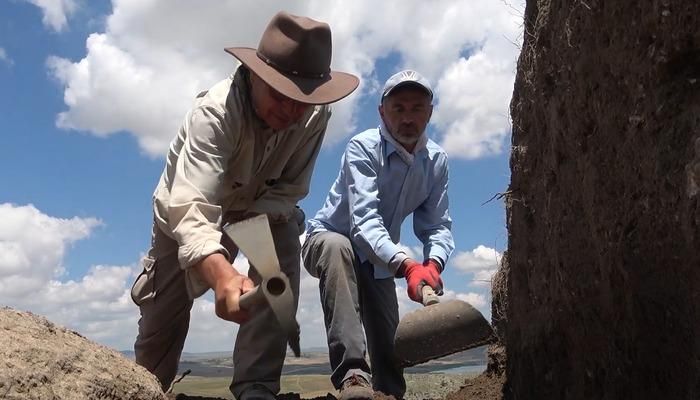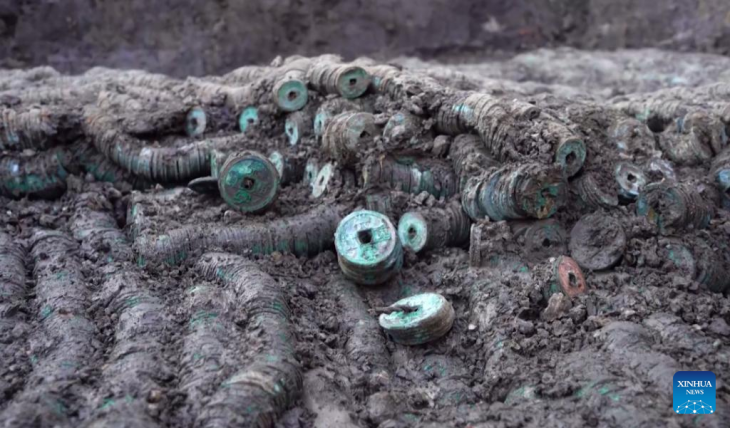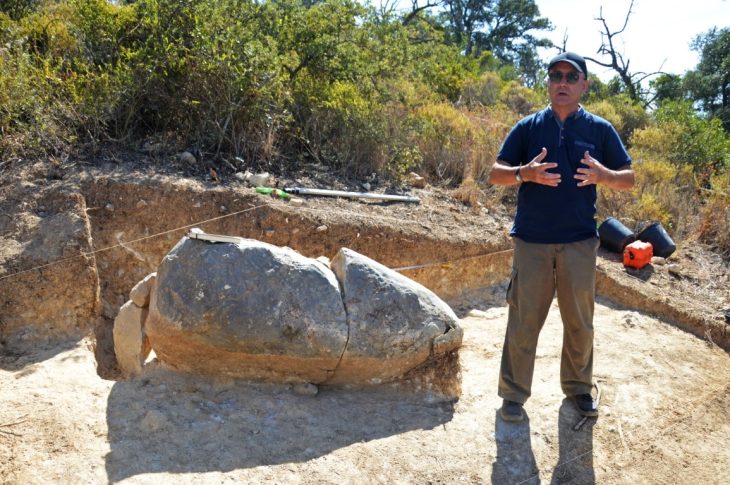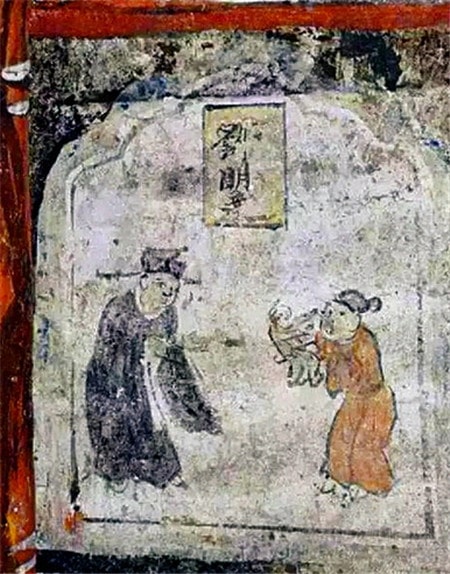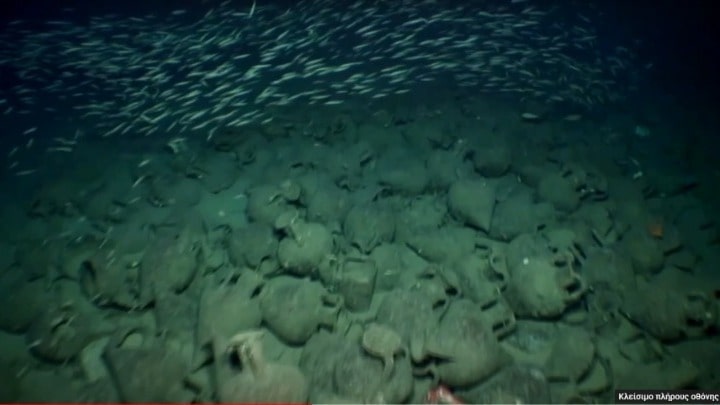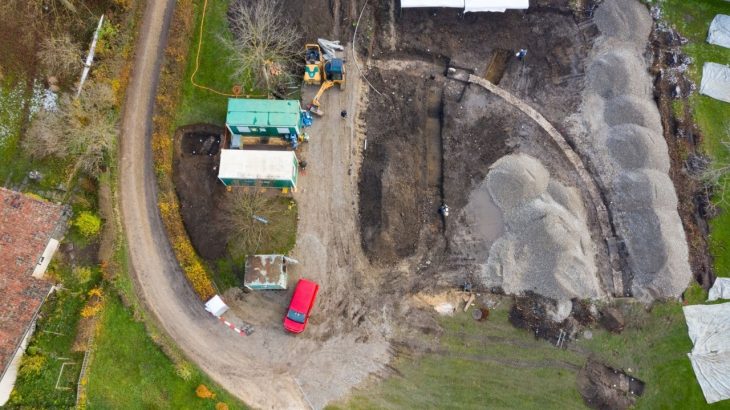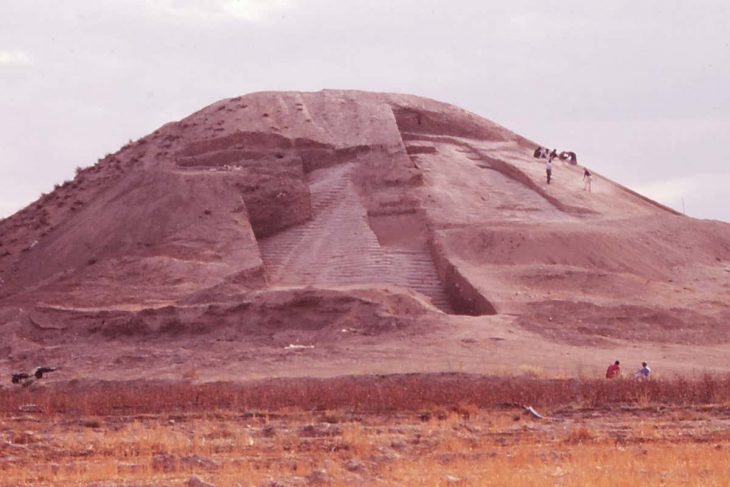Continuing excavations in Türkiye’s central Kırıkkale province have revealed new findings indicating that Büklükale village was the first settlement of the Cimmerians, an ancient equestrian nomadic people, in Anatolia.
Büklükale excavations are carried out on behalf of the Japanese-Anatolian Archeology Institute, under the direction of Kırşehir Ahi Evran University, associate professor Kimiyoshi Matsumura. The excavation works, initiated by the Ministry of Culture and Tourism in 2009, have been ongoing for 14 years at Büklükale, located in the Karakeçili district of Kırıkkale.
Büklükale is thought to be the first settlement of the Cimmerians in Anatolia. The artifacts shed light on the Cimmerians and reveal evidence of warfare within the constructed fortress. Notably, an image of a person on horseback, an animal motif from the Scythian period, and arrowheads believed to date back to the Cimmerian era, which was used in battles, draw attention.
Büklükale is located about 100 kilometers from Ankara, Turkey’s capital city, where the road from Ankara to Kaman passes the Kızılrmak, Turkey’s longest river. Since ancient times, this region has been a major transit junction, and Büklükale has had control over it.
During an interview with Ihlas News Agency (IHA), Kimiyoshi Matsumura said they have determined multiple civilizations in Büklükale.
Matsumura explained they found a fortress associated with the Cimmerians during the excavation in the region.
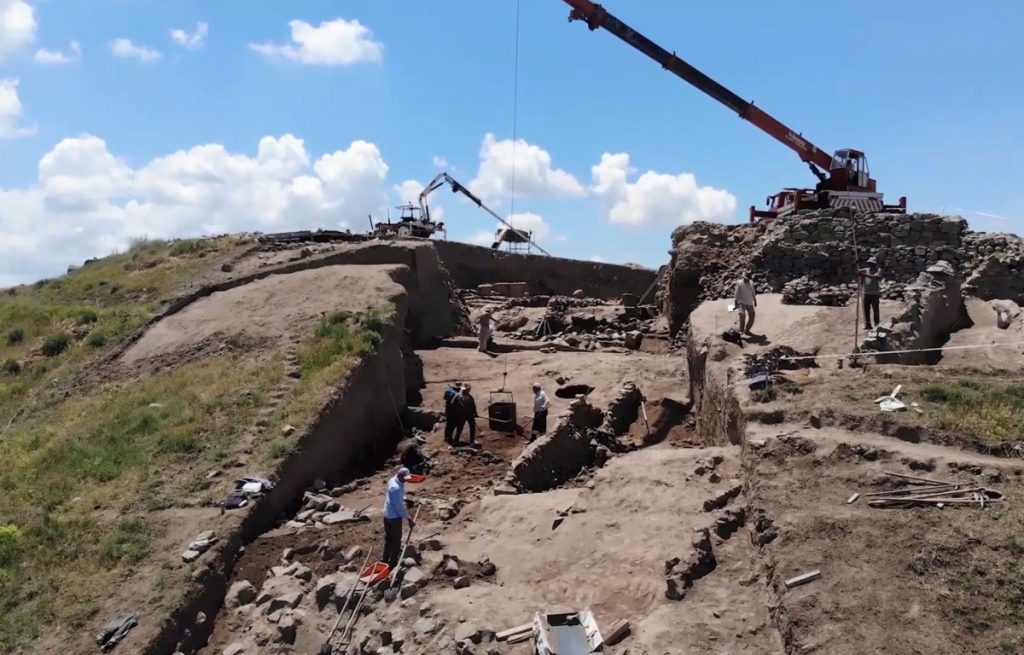
“On the top layer, we found remnants from the Ottoman period. Below that, we discovered artifacts from the Hellenistic period, the time of Alexander the Great’s arrival. Beneath that, we identified architectural remains. Before that, we found traces of the Lydians. Below that, we found the fortress constructed by the Cimmerians, which is what we were aiming for. And beneath that, we discovered settlements dating back to 2,000 B.C. in the Hittite period. Currently, we have reached that level,” he said.
“Excavations are still ongoing, but, interestingly, we have uncovered nearly seven arrowheads from the fortress. Among them, we found some that were bent. This indicates that there was a battle here, and arrows were shot, resulting in the bending of the arrowheads. This suggests that during that period, most likely during the time of the Cimmerians or the subsequent era, a war took place here,” he elaborated.
Matsumura emphasized the arrival of the Cimmerians in Anatolia was mentioned in the book of Herodotus, known as the “father of history.”
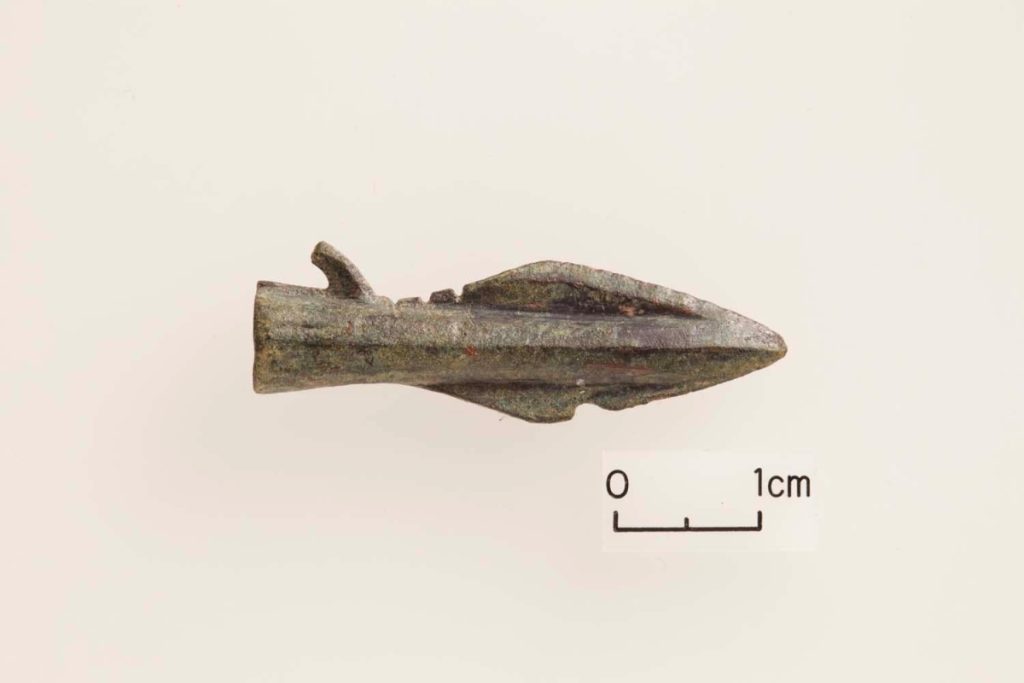
“Within this fortress, we found animal motif materials belonging to the Scythians. Additionally, we discovered a small figurine of a person riding a horse, which we believe is likely associated with the Cimmerians. Hopefully, we have identified their first settlement or fortress in Anatolia. In this year’s excavations outside the city walls, we also determined that a significant fortress was constructed. It will be fascinating. There is no information about what they did in Anatolia,” he added.
Matsumura highlighted they will shed light on the historical position of the Cimmerians through future excavation works.
The Cimmerians, a nomadic people, are known from several Assyrian texts calling them Ga-mir or Gi-mir-aa. These peoples, about whom we do not know much, may have lived in southern Ukraine, where the Crimea is, according to some scholars.
Archaeologists have identified them with the Novocerkassk culture on the grass plains between the river Prut and the Lower Don (c.900-c.650 BCE).

